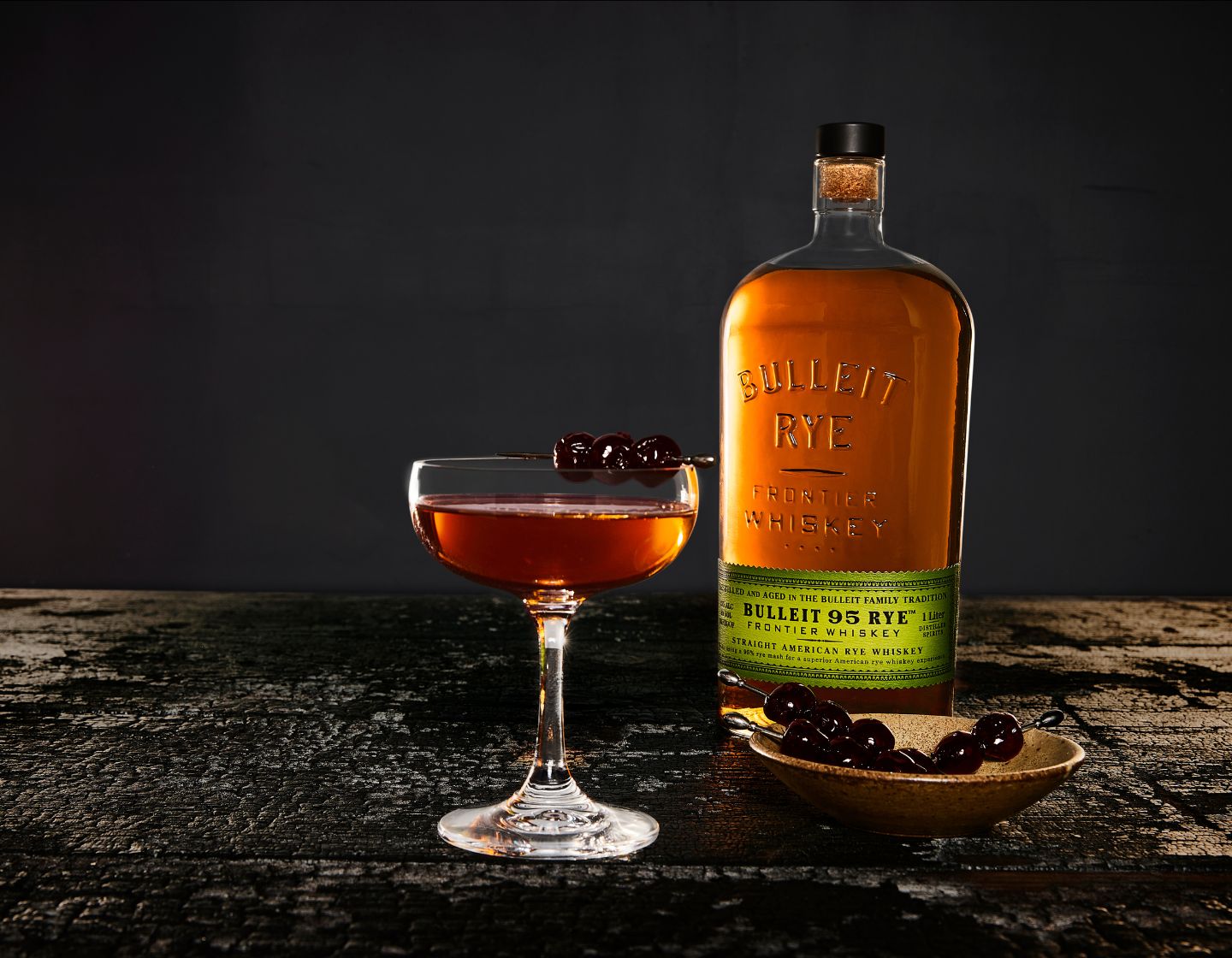
The history of American Whiskey: Part 3
American whiskey has gone through a rough period but has emerged as a thriving and loved spirit. Read on as Tim Etherington-Judge explores the historical events that defined this spirit.
Author: Tim Etherington-Judge, Renowned Mixologist
Estimated reading time: 5 minutes
In American Whiskey Part 2, I took you from the very beginning to the very grain that was used in the production of a much-loved spirit. Now, it’s time to delve into what helped and what hindered the whiskey industry’s growth.
Mix yourself a classic Manhattan and sit down for more history on American whiskey.
Booming Business
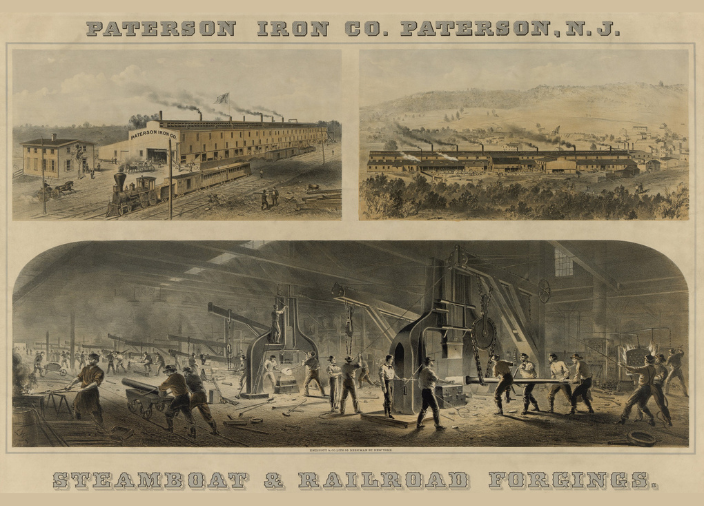
Booming Business
The Industrial Revolution changed the distilling industry globally, particularly in America. At the beginning of the 19th Century, it was a cottage industry run by farmers, clergymen and entrepreneurs. By the 20th Century, it was an expanding factory business of international brands.
In the 1830s, the great American railway expansion took over, growing into a country-wide network by the 1860s. Sitting on the banks of the Ohio River and being a centre point on the rail network, Louisville was perfectly positioned to capitalise, pushing Kentucky’s famous whiskey all over the country.
Business was booming and everyone wanted a piece of the pie. The industry witnessed increased competition, new government taxation and regulation, and a backlash due to over-consumption. These elements defined American whiskey as the product we know today.
Rectifiers
Due to the Industrial Revolution, the reputation of Kentucky whiskey was known across the land, driving the creation of cheap copies. Rectifiers were wholesale merchants who would purchase cheap, usually unaged, whiskey and then ‘rectify’ it by flavouring and colouring it.
Ingredients in the rectifying process included brown sugar, prune juice for flavour, and creosote for colour. The result was a low-grade whiskey that was cheap, easy to produce and most importantly, could be made in a matter of hours.
By the 1890s, the rectifiers controlled the market. The distillers fought back by lobbying the government, resulting in the Bottled-in-Bond Act in 1897. Bonded whiskey had to be aged for at least four years, bottled at 100 proof (50% ABV), be the product of one distillery in one season, and only have pure water added.
Prohibition
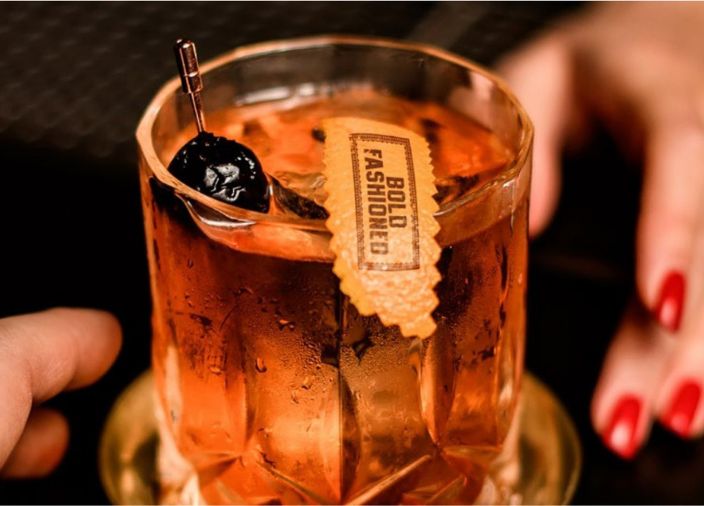
Prohibition
At the beginning of the 20th Century, a growing movement against alcohol, known as the Temperance Movement, succeeded in turning the whole country dry for 13 years.
On January 16th, 1919, the Eighteenth Amendment to the Constitution was ratified, prohibiting the sale, production, transportation, importation, and exportation of intoxicating liquor for beverage purposes within the United States and its territories. The National Prohibition Act, commonly known as the Volstead Act, was passed to enforce the amendment.
Prohibition was a great social experiment that failed. Bartenders fled the country to Europe or Cuba or stayed and risked being arrested, and most distilleries closed. The violent criminal underground exploded, giving birth to infamous gangsters such as Al Capone and Nucky Thompson.
Several distilleries managed to stay open, licensed to sell whiskey for medicinal purposes only. But as stocks diminished, distillers were forced to sell older whiskies and by the end of Prohibition, you could find 18-year-old straight bourbon whiskey available on prescription.
The Worlds at War
Prohibition ended in 1933 but it had left the whiskey industry in tatters. Distilleries were in ruin; some were too old to start again, and consumer tastes had changed towards lighter spirits such as gin and Canadian whiskey.
Just as the industry began to recover, the Japanese attacked Pearl Harbour and the United States was drawn into World War 2. The War Production Board took over all distilleries to produce high-strength industrial alcohol for making gunpowder, plastics, medical supplies, and rubber tyres.
There was still a market for whiskey, and distillers continued to sell whatever remaining stocks they had.
The Golden Age
The 1950s were a golden age for American whiskey. There were no restrictions on supply, no wars, and an exploding post-war economy. A change to the tax laws allowed distillers to market much older whiskies, and a slew of new brands were launched.
Bourbon became increasingly international with some brands selling in over 110 countries. It reached a peak in 1964 when U.S. Congress recognised bourbon as a ‘distinctive product of the United States.’
The World’s at War… Again
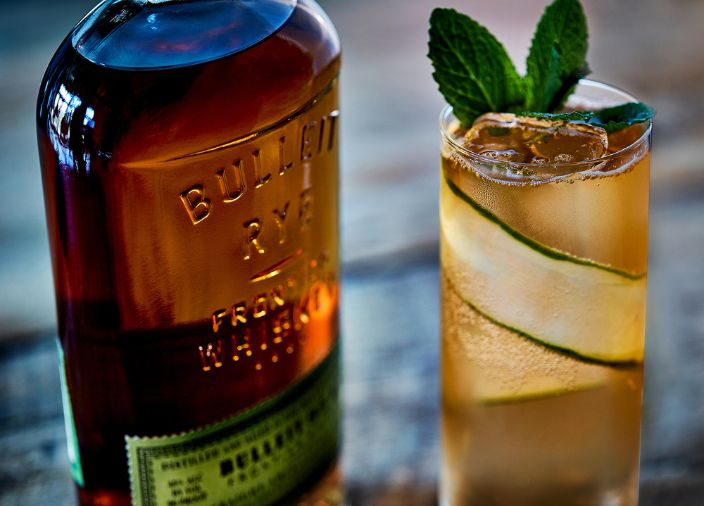
The World’s at War… Again
Once again, war impacted the whiskey industry, this time the war in Vietnam. The young population rebelled against their parents, including their tastes in spirits. Vodka, tequila, and beer became the choice of a generation and cocktails became nothing but sweet, fruity, sugar-driven concoctions.
As the single-malt market emerged from Scotland in the 1980s, American distillers were emboldened with a new confidence. The launch of Blanton’s single-barrel whiskey in 1984 showed a new desire for innovation; Tom Bulleit founded the Bulleit Distilling Company in 1987.
Today’s World
Today, American whiskey is enjoying another golden age. Innovation abounds, demand exceeds supply, better quality, new distilleries (including the new Bulleit Distillery in Shelbyville, Kentucky), and old distilleries, such as the legendary Stitzel-Weller, are being refurbished.
Bartenders and drinkers have rediscovered their love for bourbon and rye whiskey and their classic cocktails. It’s a good time to be in American whiskey.
Key Takeaways
The Industrial Revolution changed the distilling industry globally, particularly in America - by the 20th Century, it was an expanding factory business of international brands.
In 1897 the Bottled-in-Bond Act was created: Bonded whiskey had to be aged for at least four years, bottled at 100 proof (50% ABV), be the product of one distillery in one season, and only have pure water added.
Several distilleries managed to stay open throughout prohibition, licensed to sell whiskey for medicinal purposes only.
Prohibition ended in 1933 but it had left the whiskey industry in tatters.
The 1950s were a golden age for American whiskey.
Sign up for free and become a member of Diageo Bar Academy today to unlock the latest industry news, trends, and tips to keep your bar knowledge up to speed!
Related Content

Bulleit Quiz
How much do you really know about Bulleit bourbon? Test your knowledge of this award-winning, rule-breaking American whiskey.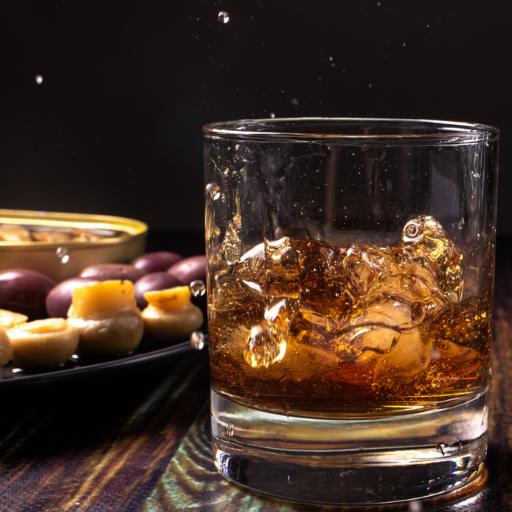
Master the Art of Whisky and Food Combinations
Picking the perfect whisky variant for a meal enhances your customer experience. Watch this webinar to learn how to make exquisite whisky and food combinations.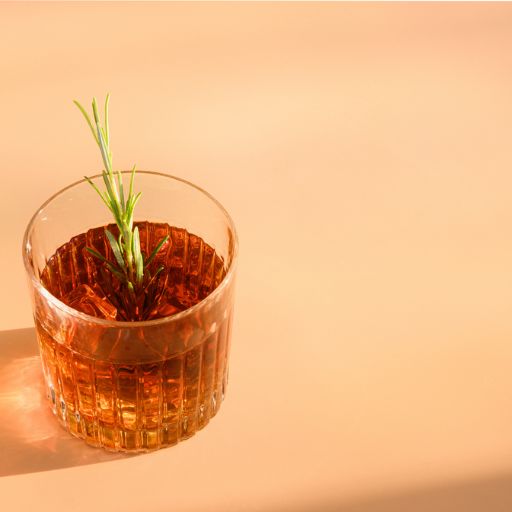
Understanding Whisky Taste and Flavour
Learn about the distinct tastes of whiskey and how to use those tastes to elevate your cocktail and drink selection in this webinar.
American Whiskey
Uncover the history and heritage behind American Whiskey, as well as key facts into the production process and key American Whiskey serves.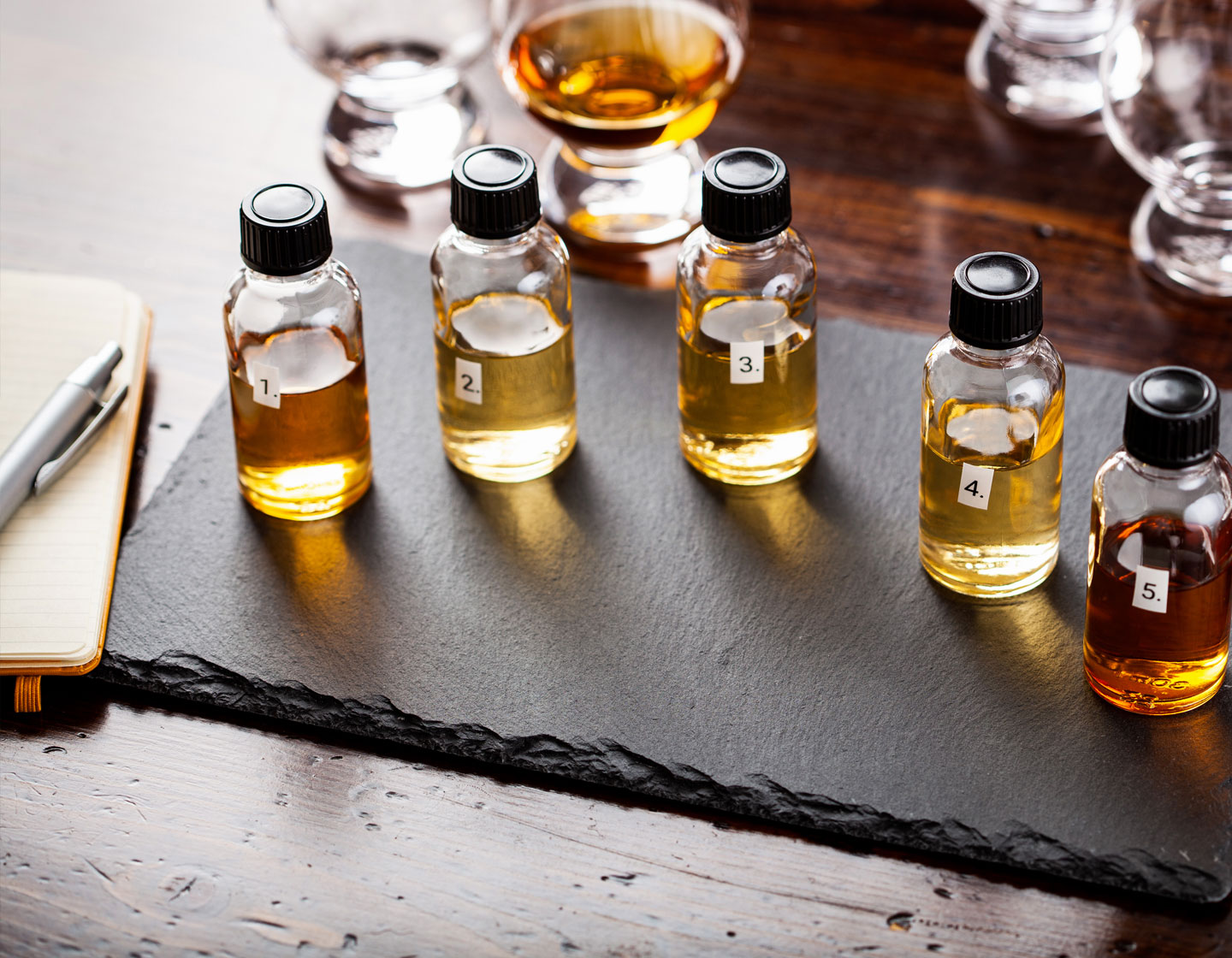
American Whiskey Quiz
Familiar with the several types of American whiskey? Able to identify the various characteristics of the spirit? Test yourself and see what you know about the drink with this quiz.
